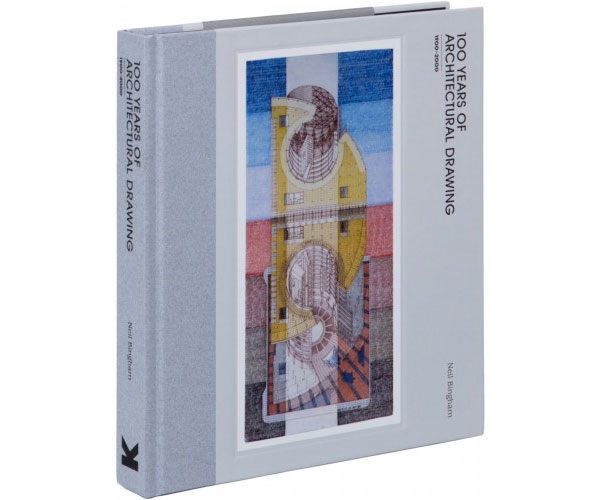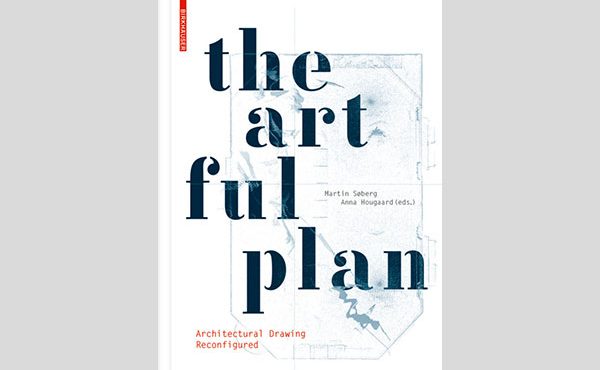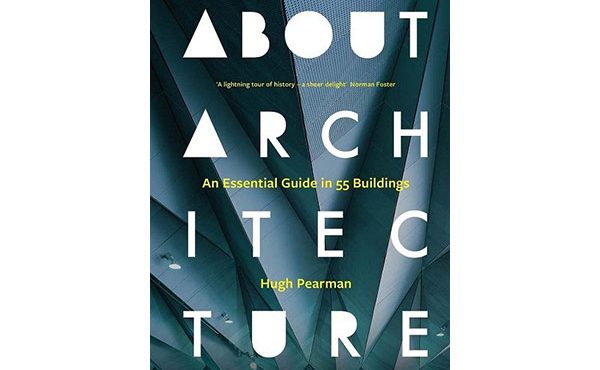
Author: Neil Bingham (Laurence King Publishing, 2013)
The late Australian avant-garde artist Brett Whiteley once said “A great drawer is either confirming beautifully what is commonplace or probing authoritatively the unknown.” No statement could be more fitting to a number of architects past, especially the latter. Representing that which does not yet exist is critical within the field of architecture and, thus, it is no surprise that architectural designers amongst the most prolific of those who have used and experimented with drawing as a form of expression. This fact spurred the creation of Neil Bingham’s wonderful 100 Years of Architectural Drawings: 1900-2000 – a book that ambitiously collects a global sampling of important architectural drawings across the twentieth century.
Chronologically order, the 300 collected drawings cover a wide range of mediums (from pen and ink to collage and prints) and are grouped according to significant periods of time related to architectural representation—1900-1913: Architectural Drawing with Tradition, 1914-1938: Modern Experiments in Architectural Drawing, 1939-1959: The Modern Architectural Drawing, 1960-1973: The Alternative Architectural Drawing, and 1974-2000: The Dextrous Architectural Drawing.
Each section is prefaced by a short 2-page essay highlighting the era in question as well as some of the key architects and drawings in the pages that follow. As a book about drawings, 100 Years… is dominated by images – one per page, with key information about the drawing (i.e. name of architect, project, year, medium, etc.) and a short 2 paragraph description related to the image, along the bottom of each sheet. Simple and effective.
The drawings themselves encompass everything from beautifully rendering perspectives and elevations of buildings, to detailed drawings of building fragments and rough sketches. The content of the drawings range in scale, spanning city-scaled interventions to small buildings.
As many in the field of architecture and urbanism with readily admit, some of the most influential architectural projects exist solely as drawings. This being the case, Bingham’s compendium includes a wide variety of built and unbuilt projects by a staggering number of architects from around the world, well-known and otherwise.
Overall, this hard-cover book encloses a visually stunning, amazingly diverse, and historical significant collection of architectural drawings from the twentieth century. Anybody interested in architecture and/or architectural drawing techniques is sure to find inspiration within……and with Christmas just around the corner, 100 Years of Architectural Drawings: 1900-2000 would make a great gift for all those last-minute shoppers hunting for friends and family who love fantastic depictions of the built environment.
***
For more information on 100 Years of Architectural Drawings: 1900-2000 visit the Laurence King Publishers website.
**
Erick Villagomez is one of the founding editors at Spacing Vancouver. He is also an educator, independent researcher and designer with personal and professional interests in the urban landscapes. His private practice – Metis Design|Build – is an innovative practice dedicated to a collaborative and ecologically responsible approach to the design and construction of places. You can also see some of his drawing and digital painting adventures at Visual Thoughts.




One comment
After the Bauhaus tossed out the Beaux-Arts ideals and its emphasis on beautiful rendering early in the 20th century, rendering was unofficially disparaged by the profession for rest of the century. It was not given serious consideration in architectural education and you won’t find one article in any of the architectural journals on rendering until the computer shook things up in the 90’s. As a result, drawing is no longer a part of the architect’s repertoire. A book trumpeting the relatively little that was done last century as “prolific” obscures the opportunity to understand historically what has been lost and why.